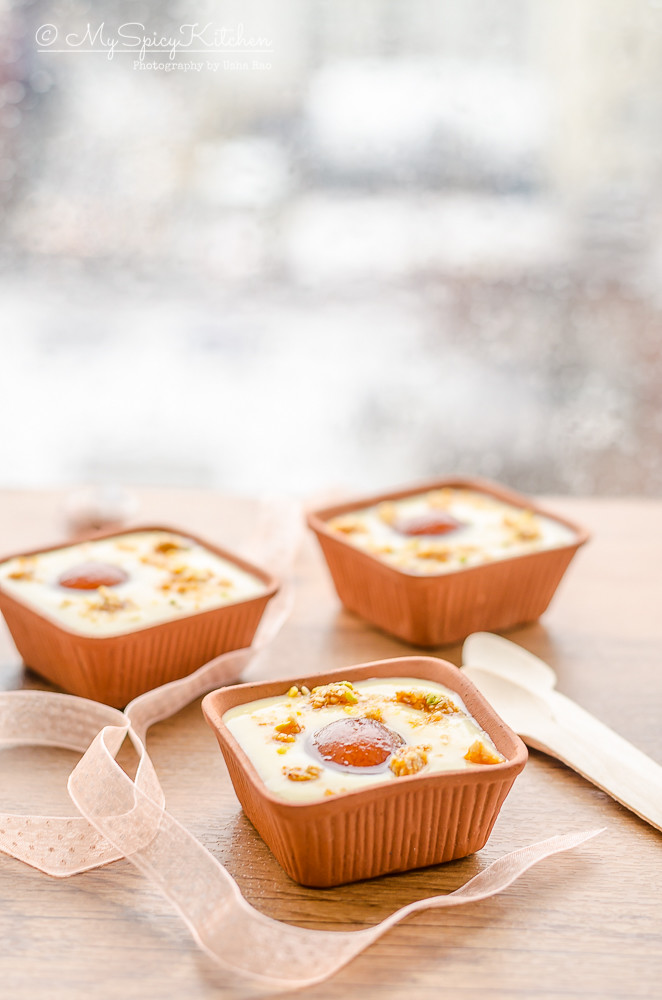Example of Deep DoF with f stop 6.3 & shutter 1/20 sec
D for Depth of Field. Depth of field (DoF) is one of the most important concepts in photography. DoF is the depth of the area in the photo that is in focus and sharp. DoF varies from photo to photo. There are many factors that affect DoF filed and Aperture is one of them.
Aperture is the opening of the lens and depending on the size of the opening, DoF varies. Aperture is measured in f stop. When lens opening is small, f stop number is big, resulting in a deep the DoF and conversely, when the lens opening is larger, f stop number is small resulting in a shallow DoF.
Above picture is an example of deep DoF where the entire frame is in focus. Deeper DoF is used when everything in the photo needs to be sharp and in focus, such as in landscape photography.
Example of shallow DoF with f stop 1.8, shutter 1/200 sec
Above picture is an example of shallow depth of field where the bottle in the foreground is in focus and rest of the bottles and the backdrop gradually go out of focus. Shallow DoF is used for portraits,
bokeh and often for macro photography.
I usually shoot in manual mode. I used almost same set up for both the photos but different settings. Since aperture is different for both the photos, I had to adjust other settings. Aperture not only affects DoF but also the amount of light that goes into the camera, hence had to adjust teh shutter speed. I shall talk more about it tomorrow.
Camera: Nikon 5100, 50mm f/1.8 prime lens
Picture of the day in 2012: Devil, the one with horns
Picture of the day in 2011: Wet flowers























